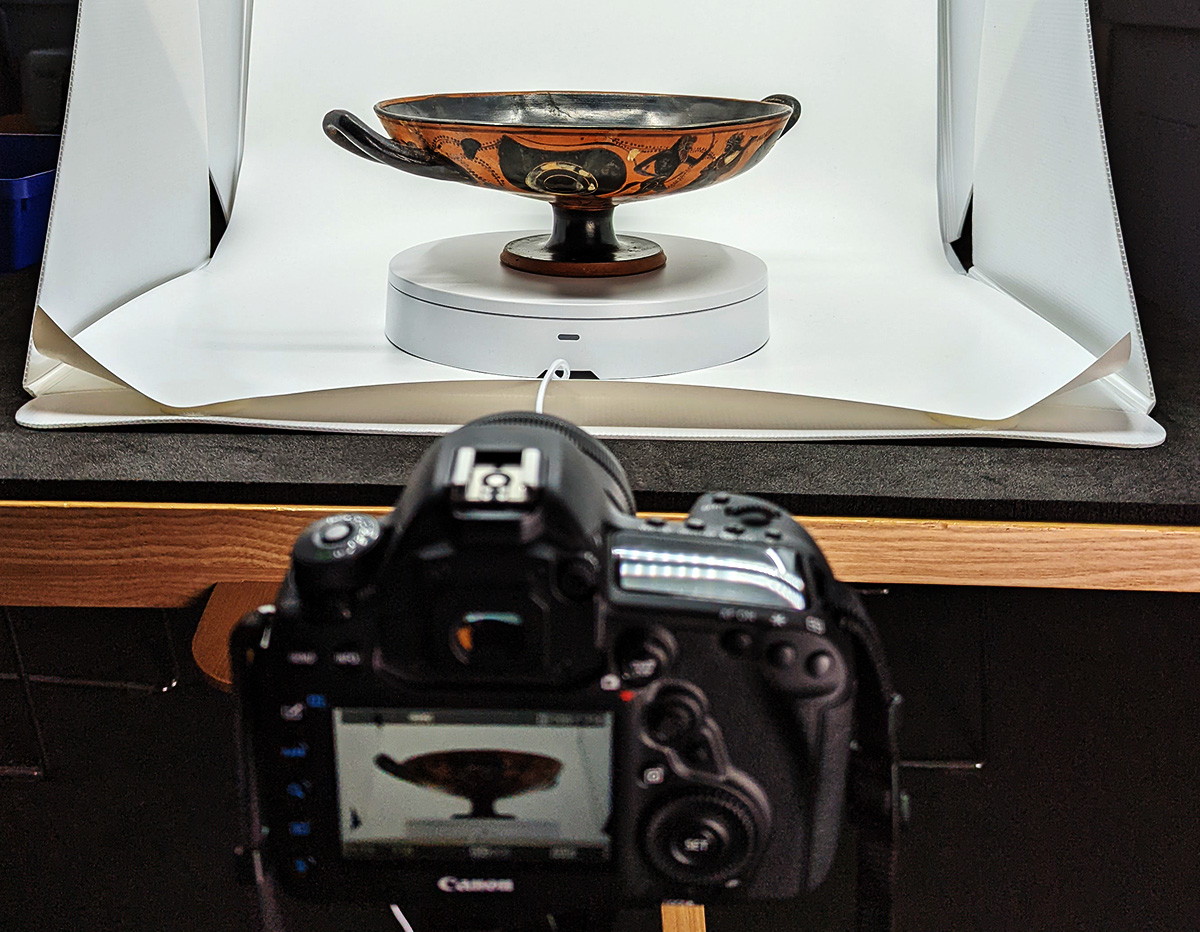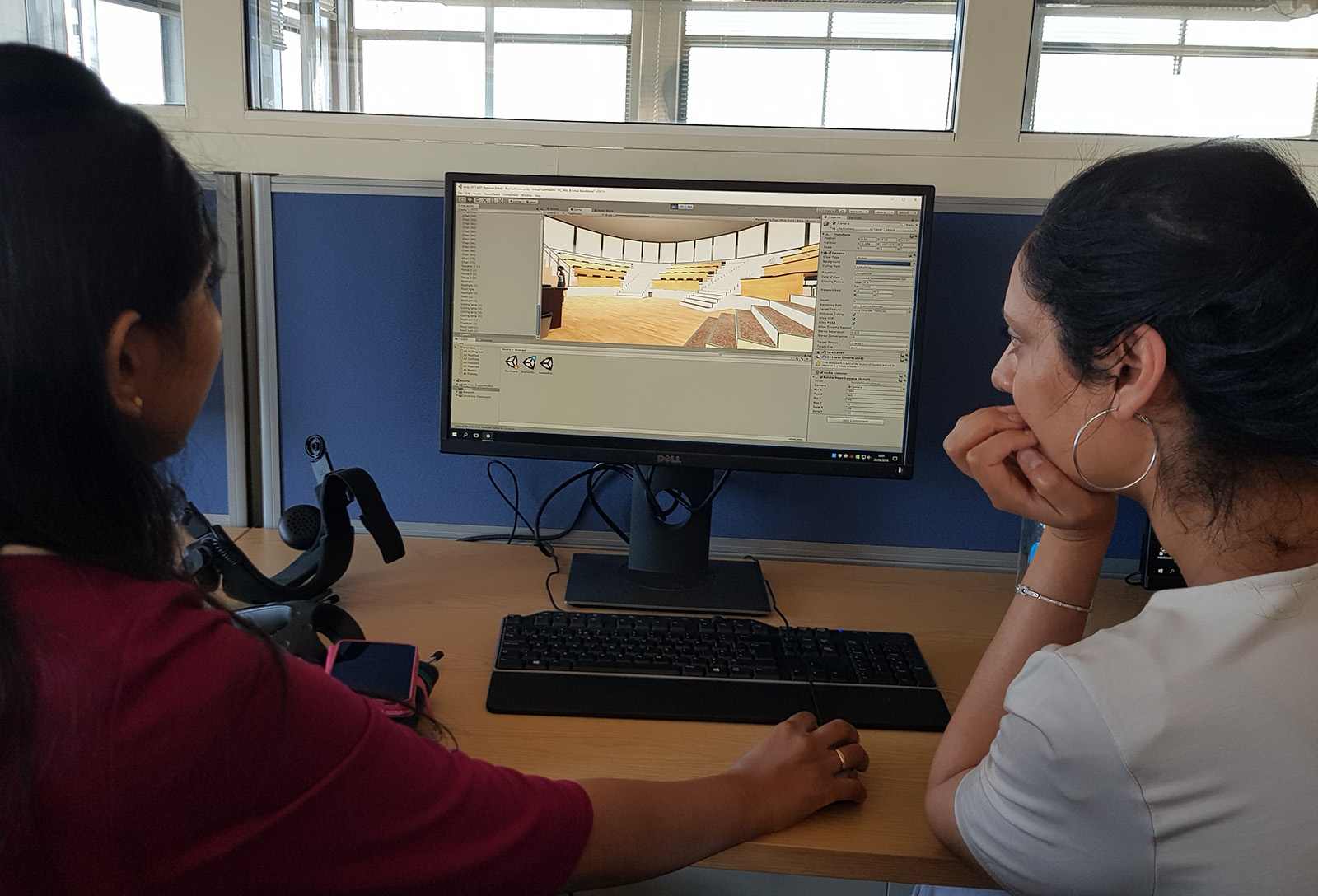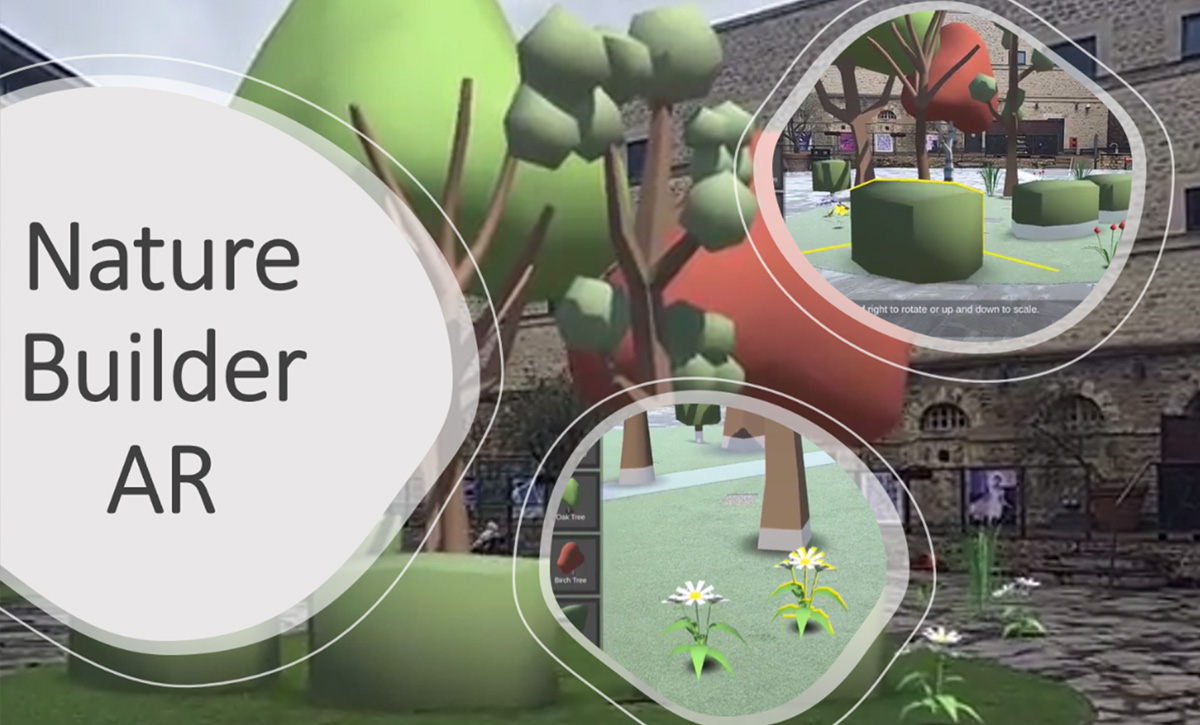Tracing Changes in Shape of Historical Artefacts Across Time Using 3D Scans: A New Computational Approach
Tracing Changes in Shape of Historical Artefacts Across Time Using 3D Scans: A New Computational Approach

This study pioneers a new computational approach for the study of changes in shape of objects across time. Previously, such investigations were undertaken by scholars using a purely visual approach and relied on images of objects or in-person observations. This study’s approach is based on 3D scans of historical artefacts, namely ancient Greek vessels of the Krater, Pelike, and Kylix types, chosen as the variation in their shapes across time is well known to archaeologists. Results offer, for the first time, a way of quantifying differences between objects. The benefits of this approach lie in its ability to quantify change, study complex 3D material, and to analyse large datasets of objects, opening the possibility of constructing new large-scale studies of object shape across time and geographical regions. These have a range of applications in art history, archaeology, digital humanities, museology and extended reality studies.. The study was headed by Giovanni Pala and Lisandra (Lia) Costiner. It was published in May 2022 in the Journal of Open Humanities Data: http://doi.org/10.5334/johd.61


